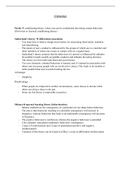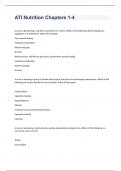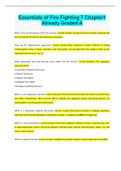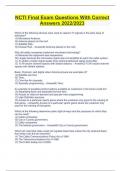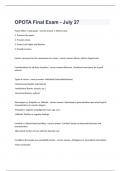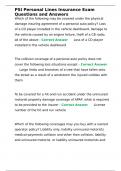Resume
Samenvatting Criminology, ISBN: 9781138643130 Criminology
- Cours
- Établissement
- Book
Samenvatting van de psychologische verklaringen van misdaad. Deze theorieën zijn een must voor het examen. In de samenvatting vindt je de toelichtingen tijdens de hoorcolleges gecombineerd met de informatie uit het boek Criminologie. Cursus wordt gegeven in het eerste jaar van Law in Society.
[Montrer plus]
